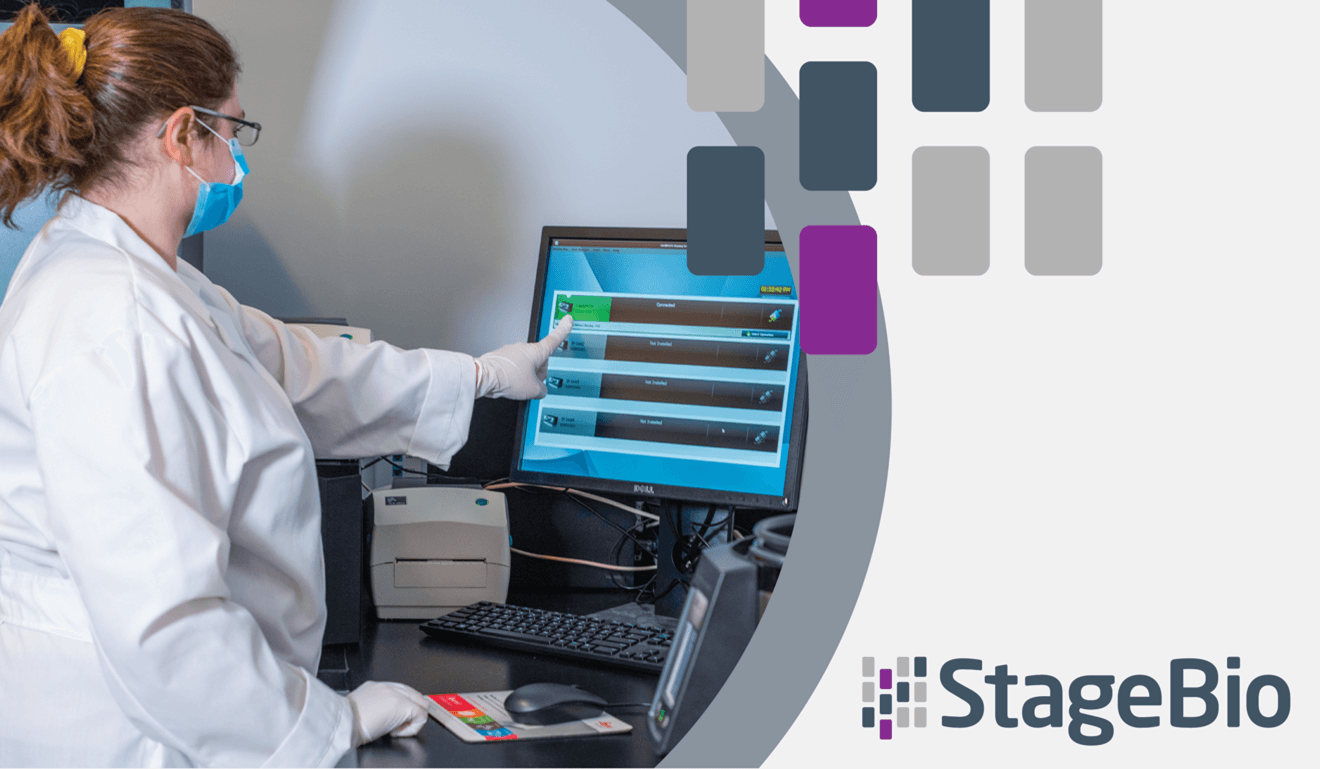When performing a nonclinical evaluation of new chemical entities (NCEs) to assess any potential safety risks to humans, conventional healthy animals (CHAs) are used more often than not.
But, in reality, animal models of diseases (AMDs) can play a critical role in the understanding of the health risks to humans regarding NCEs. This is especially true when there’s a need to evaluate how someone might respond after exposure to a particular NCE based on whether or not that person has a specific disease.
So, does that mean we should see greater widespread use of AMDs in nonclinical safety assessments? Not necessarily. While AMDs offer potential benefits in evaluating health risks, they also have their own limitations that warrant consideration. What matters more isn’t an increased usage of AMDs across the board; rather, knowing when to observe any and all AMDs of interest regarding a specific NCE is crucial to gaining a deeper understanding of the potential health risks that NCE holds.
Optimizing the use of AMDs in nonclinical safety assessments starts with building a greater understanding of their pros and cons. This recent article, Opinion on the Use of Animal Models in Nonclinical Safety Assessment: Pros and Cons, by Radhakrishna Sura, Julie Hutt, and Sherry Morgan, offers an in-depth breakdown of the major pros and cons of using AMDs.
You can also get a broad overview of both the advantages and limitations of AMDs right here in this blog post. Keep reading to learn when you should consider using AMDs in your safety assessments, and then read this article for additional insights.
Pro: AMDs are potentially more predictive of adverse events
Traditionally, AMDs are used to better understand the pathogenesis of a disease, and to establish a nonclinical proof-of-concept regarding the target validation and efficacy in potential drug treatments. On the other hand, AMDs have largely been relegated for use in nonclinical safety assessments that explore specific hypothesis-driven studies.
The tide, however, appears to be turning. Regulatory agencies have gone so far as to actually encourage the use of AMDs in support of drug development programs. If a target or substrate is only present in the disease state, then conducting a toxicity study in AMDs as an alternative to CHAs makes sense. In these situations, AMDs may be more predictive of potential adverse events in humans than CHAs.
Con: A greater potential for confounding effects resulting from heterogenous expression of a disease
Naturally occurring hereditary diseases may have variable degrees of expression in a population. Conversely, environmental factors and chemically or surgically induced diseases can also impact disease expression in a nonuniform manner. To offset these confounding factors, scientists often have to use a large number of animals and pay close attention to randomization prior to the initiation of therapeutic administration.
Having to acquire and categorize so many animals based on the demands of a given study can require a substantial investment of both time and money. The high costs that result may force the study to be staggered and conducted over a longer period, which can ultimately prevent a delay in understanding a compound’s impact on human beings.
Pro: AMDs may be better suited to evaluate the safety of compounds that are intended to alter or ameliorate abnormal physiology
The use of CHAs to investigate the potential toxicity or therapeutic benefit of a compound can be problematic. This is due to the realities that:
- Using specific compounds on conventionally healthy animals may lead to significant adverse effects
- Our lack of understanding regarding the pathogenesis of certain diseases
As this article explains by using hypertension as an example, giving normotensive animals therapeutic doses of an antihypertensive agent can result in serious harm. Medical science also lacks a complete understanding of the multifactorial pathogenesis of hypertension in human beings, as well as specific differences that may exist between animal models and humans.
But with the right AMD, the potential for harm and the oversight of any potential adverse effect can be minimized. Of course, keeping with our hypertension example, the right model selection, study design, implementation, and the interpretation of results will optimize (or nullify) the benefit of using an AMD of hypertension.
Con: AMDs can mask the development of toxicities that are apparent in CHAs
Tay-Sachs Disease (TSD) and Sandhoff Disease (SD) are lysosomal storage diseases that result from hexosaminidase deficiencies. Adenoassociated virus (AAV) gene therapies are used to treat both diseases.
However, AAV gene therapy has resulted in dose-dependent neurologic signs with microscopic evidence of neurotoxicity. This neurotoxicity has been detected in CHAs but masked in AMDs, which means it’s likely that a chosen AMD may actually hide one or more adverse effects that would otherwise be observed in CHAs.
Conclusion
We have no doubt that AMDs will continue to play a crucial role in helping us to better understand the potential efficacy of NCEs. One thing, however, is clear: No one model is perfect, so careful consideration is required when selecting one.
Contact us for your questions on using AMDs in non clinical safety assessments.
